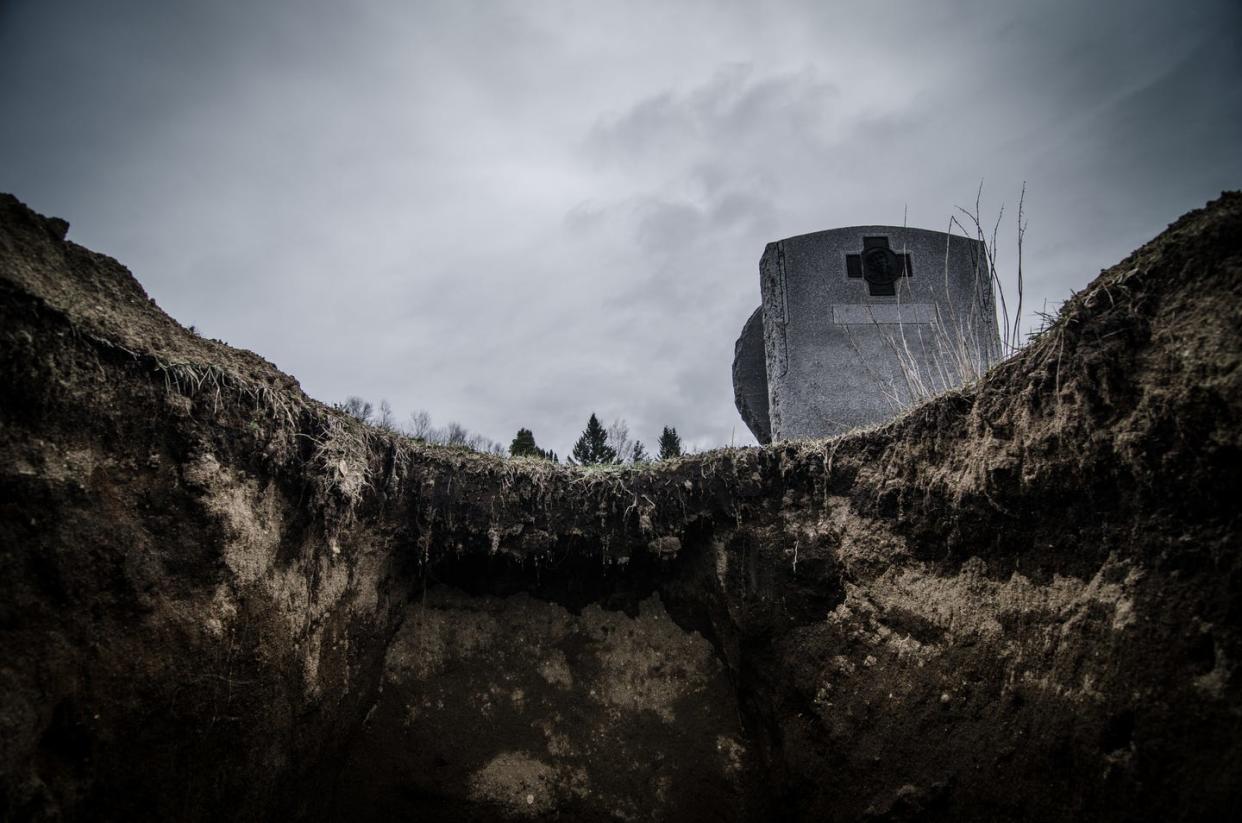Archaeologists Dug Up a 1,700-Year-Old Grave—and Found a Barbarian Inside

Archaeologists recently discovered a single, complex grave structure (dated to between 263 and 342 AD) which contains the remains of a man.
The ‘barbarian’ grave stands alone in the area, which at the time was on the edge of the Roman Empire.
Finds within the grave, including fine ceramic and glass pieces, cement the man’s elevated status.
The Stuttgart, Germany, State Office for Monument Preservation recently reported the discovery of a complex grave structure in the village of Gerstetten (about 40 miles east of Stuttgart, in an area that was once a former frontier of the Roman Empire) dated to around 1700 years ago. Within this structure, experts found the remains of a man who likely would have been referred to by the Romans of the day as a ‘barbarian,’ but who may have actually held prominent status, as evidenced by the valuables buried with him.
Crews found ceramic and glass vessels and a small, fine-tooth comb, inside the grave structure. One “high-quality” glass cup is comparable to those found in the nearby Roman fort of Guntia, while the other pieces have clear parallels to finds from the Middle Elbe-Saale area. Together, the items paint a picture of a man who had prominent status when he died.
The grave, as was announced in a statement, was unearthed this past spring when a construction crew started preparation work on an affordable housing project. The crew found a wooden chamber with a “complex construction.” This in and of itself was uncommon for the time, which was likely the first half of the 4th century AD. What was uncommon, however—other than the fact they found the remains of a 60-year-old man inside—was that it was a solitary discovery and in an elevated location.
When graves are found from this period, according to the statement, they are commonly small graves grouped together with between five and 12 burials. A lone, elevated burial gives this new find a heightened level of intrigue.
The archaeologists have already restored two of the ceramic vessels found within the site and are at work on the rest of the items. One of the man’s ribs was sampled for radiocarbon dating, and results show he likely died between 263 and 342 AD.
The man was likely dubbed a barbarian by the Romans thanks to him belonging to the Alemannic group—a confederacy of Germanic-speaking tribes that lived along the Rhine. That group likely rose in prominence shortly after 200 AD, and were at odds to the Roman Empire until they were defeated at the Battle of Strasbourg in 357 AD.
While graves from this period are rare, with more archeological work taking place in the vicinity through the end of the year, experts said it can’t be ruled out that they’ll locate additional graves to the south of the new find in an area they have yet to explore. We can only hope.
You Might Also Like
